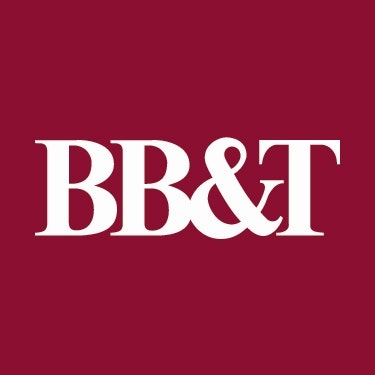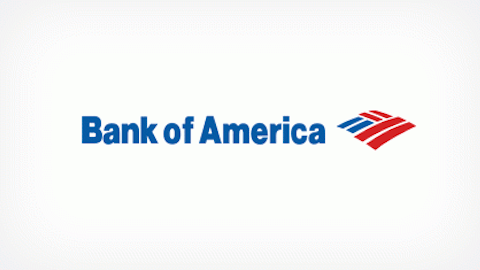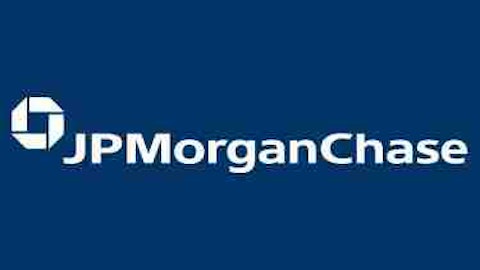Big banks and safety aren’t always terms that go together. I’ve made the case several times that BB&T Corporation (NYSE:BBT) could be the best investment in the banking industry. BB&T has consistently delivered strong organic deposit and loan growth, along with good credit quality. However, there is one bank that based on recent results looks poised to take BB&T’s crown. U.S. Bancorp (NYSE:USB) has the potential to take over as my favorite bank investment, and the race is already very close.

Banking is made out to be this extremely complicated business by the media. When people hear about derivatives, hedging, and complicated trades, they assume that all banks are hard to understand. In truth, banking is a simple business of attracting deposits and making loans. Of course, one of the important aspects of making loans is managing credit quality. With the challenges of the Great Recession still lingering, credit quality is under even more intense scrutiny. Banks that can grow their deposits and loans organically should be sought after. If you find a bank that has good credit quality and quality growth, it should go to the top of your buy list.
The way most banks account for loan issues is, by setting aside money through loan loss reserves. Allocating this loan loss provision punishes their earnings in the short term. However, if the bank is able to avoid charging off these loans, they are able to release some of this reserve, which improves earnings. The reason this is important to understand is, banks with a high percentage of loan loss reserves, may offer the opportunity for positive earnings surprises in the future.
It’s All About Quality
Banks with good quality loans have less expenses tied to solving problem loans. Lenders can focus on generating new loan growth versus trying to collect on existing balances. If you want proof of this relationship, look at the difference in loan growth relative to non-performing loans at several of the top banks.
| Name | Loan Growth | Non-Performing Loan Percentage |
| BB&T (NYSE:BBT) | 9.30% | 1.20% |
| J.P. Morgan Chase (NYSE:JPM) | (5%) | 3.12% |
| U.S. Bancorp (NYSE:USB) | 8.60% | 1.10% |
| Wells Fargo (NYSE:WFC) | 2.42% | 2.56% |
I notice a pretty clear relationship. Banks with a better non-performing loan percentage seem to also have better loan growth. Though J.P. Morgan and Wells Fargo are commonly mentioned as strong banks, they can’t match either BB&T or U.S. Bancorp in organic loan growth.
Loans and deposits are the two most important ways to measure organic growth at a financial institution. A bank can’t have just good loan growth, or their lack of deposits will cause them to borrow funds to meet their lending needs. On the other hand, a bank can’t have just deposit growth, or their lack of loans will compress their interest margin. We just saw that both U.S. Bancorp and BB&T have good loan growth, but what about their deposit growth?
In the current quarter, U.S. Bancorp showed average deposit growth of 9.2%, which was second only to J.P. Morgan’s growth of 10%. BB&T and Wells Fargo had good deposit growth, but at 8.1% and 7.39% respectively, they couldn’t match their two faster growing competitors. That being said, keep in mind only U.S. Bancorp and BB&T showed solid growth in both categories.
Hidden Earnings And Which Stock Is The Best Value?
As I mentioned before, banks with a high loan loss coverage ratio could choose to release some of this reserve later, which would boost their earnings. If you look at the coverage ratio at each of the banks we’ve talked about, only U.S. Bancorp and Wells Fargo have a coverage ratio above 200%. This means both banks have set aside at least $2 worth of reserves for every $1 of troubled loans. Even if all of their troubled loans were charged off, both banks should have money left over. By comparison, BB&T’s coverage ratio is 146% and J.P. Morgan’s coverage ratio is 119%. The good news is, all four banks have enough coverage for their problem loans, but only U.S. Bancorp and Wells Fargo have this hidden earnings potential.
If you look at the value offered by each bank, it’s tough to make an argument against U.S. Bancorp. On a relative basis, J.P. Morgan and Wells Fargo’s lesser loan and deposit growth is a challenge to their earnings power going forward. While analysts are calling for 6.45% growth from J.P. Morgan, their estimate of 9.33% EPS growth at Wells Fargo may be hard to attain without better loan growth. Each of these banks also have much higher non-performing loan percentages compared to BB&T and U.S. Bancorp.
BB&T offers solid value with a roughly 3% yield, and analysts calling for about 10.8% EPS growth in the next few years. U.S. Bancorp looks like less of a value with a 2.35% yield, and expected EPS growth of 9.1%. However, U.S. Bancorp reported stronger deposit growth, a higher coverage ratio, and a slightly lower non-performing loan percentage. If U.S. Bancorp can manage its problem loans appropriately, they should be able to release some of their loan loss reserves to improve earnings in the future. In addition, their stronger deposit growth should lead to better lending opportunities and a better net interest margin in the future. It’s still a close race between these two top quality banks, but U.S. Bancorp is closing the gap quickly. I would suggest investors add US (NYSE:USB)B to their Watchlist today to keep up with developments.
The article Who’s The Top Big Bank? originally appeared on Fool.com and is written by Chad Henage.
Copyright © 1995 – 2013 The Motley Fool, LLC. All rights reserved. The Motley Fool has a disclosure policy.





